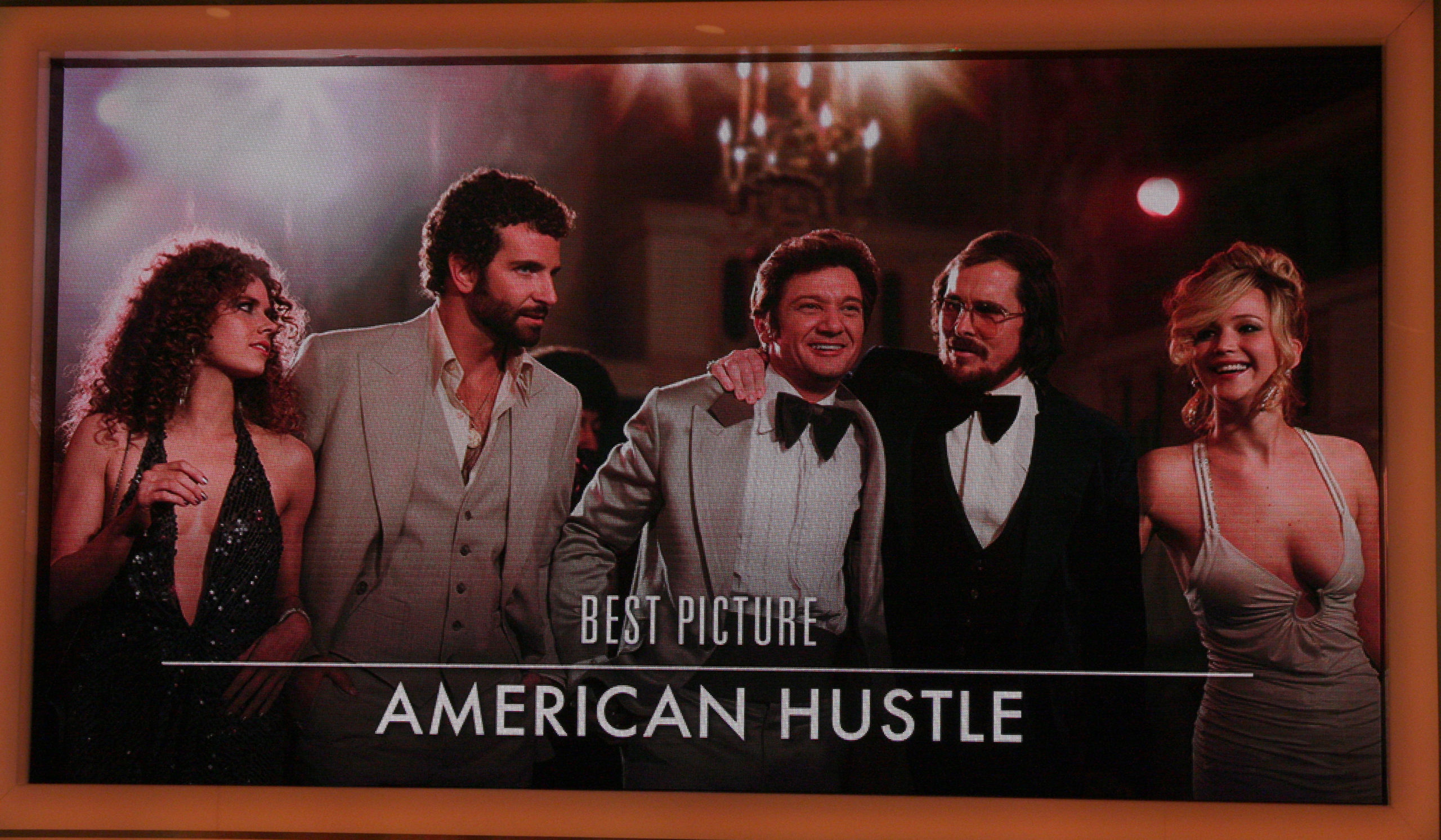Journalism Needs More Reporters Like this Old White Guy

Some facts are so astounding you do a double-take or find your mouth opened involuntarily. I reacted those ways while re-reading The Sting Man: Inside Abscam last week.
To anyone unfamiliar with the Abscam scandal, the book’s premise is startling enough.
From 1978 to 1980, convicted swindler Mel Weinberg worked with the FBI to nab seven members of Congress, among other officials, who accepted bribes from, conspired with, or extorted agents who posed as two Arab sheiks. (The one indelible image from the investigation was that of Representative Richard Kelly, a Florida Republican, stuffing wads of cash into his coat).
To those familiar with Abscam, an equally astounding fact is the lengths to which author Robert W. Greene pursued the story. In the preface, Mr. Greene mentioned the book was based in part on 237 interviews with Mr. Weinberg.
Two-hundred-thirty-seven interviews? Yes, 237 interviews.
Two-hundred-thirty-seven interviews are so many you expect they were conducted over a long period, perhaps four to five years. In fact, they were conducted in less than a year—10 months.
From March 1980 to January 1981, Mr. Weinberg was interviewed two days out of three. Talking with a reporter must have been as common as taking a shower or picking up the mail.
Why ‘The Sting Man’ Succeeded
The Sting Man made a splash. Besides receiving an Edgar Award in the fact-crime category, in 1982, the book became the basis of the 2013 film “American Hustle.” While hard work is evident in its pages, it alone does not explain the splash the book received.
Mr. Greene wrote like a latter-day noir crime novelist. His pages are sprinkled with a con man’s argot and urban working-class vernacular. He described “terror that turns legs to jelly” and Mr. Weinberg feeling “like the bug under the microscope” and invoked his signature line that “money talks and bullshit walks.”
Yet the 237 interviews are a testament to the book’s thoroughness and commitment. No clip job, The Sting Man is a forensic account of political corruption in Congress and the United States overall.
Nobody is spared. Even House Speaker Tip O’Neill and Representative Peter Rodino of New Jersey, both Democrats who were heroes of Jimmy Breslin’s book on Watergate, How the Good Guys Finally Won, are criticized for failing to report they too were offered bribes.
In some progressive circles, the book may be forgotten for no other reason than Mr. Greene’s background.
He was a middle-aged white guy, and a large one at that. Profiles describe him as “rotund” or weighing 300 to 350 pounds. In one black-and-white photo, he looks like a caricature of an old-school reporter. Wearing a short Prince Valiant haircut, he sits down at a typewriter, an IBM, perhaps a Selectric. He wears a jacket but no tie. A long cigarette dangles from his left lip.
Mr. Greene could be dismissed as an example of privilege, but the evidence suggests his background was more complicated. He was a big-city white ethnic.
He graduated from Fordham, a Jesuit university. In the 1950s, he worked for Bobby Kennedy on the Senate Rackets Committee to probe corruption in the organized labor movement. The Sting Man betrayed an intimate familiarity with Catholic social teaching as it was taught in mid-20th century parochial schools. While his father was a lawyer and he was a man, as late as the 1950s an anti-Catholic tract, Paul Blanshard’s American Freedom and Catholic Power (1949) was a national bestseller.
A Muckraking Pioneer
Mr. Greene’s real contribution to journalism wasn’t his background. It was an innovation. Like Saint Benedict, he was an organizer, albeit of investigative reporters.
I draw this conclusion from The New Muckrakers (1976) by Leonard Downie, an investigative reporter himself and later the Post’s executive editor.
The book profiles the country’s top investigative journalists. Among other virtues, the book’s value today lies in tweaking the conventional view that investigative journalism was not prominent until the Post’s “stardust twins,” Bob Woodward and Carl Bernstein, helped take down President Richard Nixon in the early 1970s. The book shows that more than a decade before Watergate, many newspapers had set up investigative teams, with their own researchers, secretaries, and offices.
In the book’s telling, a pioneering figure was none other than Robert Greene. “The oldest and most effective newspaper investigative reporting team has been maintained since 1967 by the tabloid-sized paper Long Island paper, Newsday,” Mr. Downie wrote, adding that Mr. Greene was its editor.
Other accounts bolster Mr. Downie’s conclusion.
“Before the techniques Bob championed became widespread, investigations in newspapers were mostly based on what the D.A. or the police wanted to tell us,” Newsday editor Jon Mancini said after Mr. Greene’s death, in 2008. “Bob pioneered the technique of building a journalistic case independent of what the authorities wanted us to know: creating databases and going through records in painstaking ways that revealed the story that was already there.”
In 1970, Mr. Greene’s reporting team received a Pulitzer Prize for exposing secret land deals in eastern Long Island. The team’s three-year probe also resulted in the conviction, resignation, and discharge of public and elected officials.
In the early 1970s, Mr. Greene led a team of reporters who investigated the roots of the heroin trade and its toll. For their efforts, his squad received a Pulitzer Prize and a book, The Heroin Trail.
In 1976, after the apparent murder of Arizona Republic state-house reporter Don Bolles in Phoenix, Arizona. Mr. Greene organized 40 reporters from 23 publication to expose political corruption in the state. The project’s findings aired in papers around the country. While the series drew criticism for a lack of proper sourcing and too speculative, it showed the power of the press.
You wonder if Mr. Greene wrote The Sting Man with the aid of a team. After all, at least in part, the roots of Abscam lay in an FBI investigation of white-collar crime in Long Island. Was the book a team effort?
All Mr. Greene says is the book is “based in part on 237 interviews” and cites seven Newsday colleagues for their help. One colleague he credits, Susan Page, now the D.C. bureau chief of USA Today, in an interview said she did not interview anyone for the book.
Whatever the case, Robert Greene was not the only practitioner of investigative team journalism.
Jack Anderson and his squad could make or break political careers in Washington. James B. Steele and Donald L. Barlett dug into public records to expose governmental indifference and corruption.
While the reporters’ work may be little remembered, they were popular in their era; Mr. Anderson even had his own syndicated TV show, which I recall watching on Sunday evenings around 5:30 or 6 p.m. on KBHK (or was it KTVU?) in the Bay Area in the late 1970s or early ‘80s. Steele & Barlett’s 1992 book America: What Went Wrong? was a smash hit.
A Regional and Local Problem
What went wrong is not that investigative team journalism withered. Among others, the Post, Wall Street Journal, and ProPublica have broken major scoops. What went wrong is it has withered at local and regional newspapers.
In The Atlantic, reporter McKay Coppins describes the dismantling of The Chicago Tribune, a paper for which I used to report, and the decline of The Baltimore Sun. The story quotes the Sun’s former nonpareil reporter David Simon as saying that the “practical effect of local journalism is you get what we’ve had, which is a halcyon time for corruption and mismanagement and basically misrule.”
Conservatives may complain those newspapers are liberal. Yet I see nothing liberal in muckraking; self-consciously centrist- and conservative leaning outfits can do it, too. For example, in the Abscam sting six of the seven members of Congress who were convicted and thrown behind bars were Democrats.
Progressives may complain Mr. Greene was an old white guy who has nothing to teach young black and brown journalists. Yet Susan Page, the D.C. bureau chief of USA Today, in an email interview volunteered a wholehearted endorsement. “He was a hell of a journalist,” she said, and suggested she considers Mr. Greene a mentor.
“Deliver Something Else”
His brand of regional investigatory team journalism stood above ideology. While muckraking itself could be taken too far if it showed that public life was rotten to the core, Mr. Greene grasped that print journalism had to step up its game to compete with the dominant medium of its era.
“It is not only a matter of increasing circulation but of not losing out to electronics,” he is quoted as saying in The New Muckrakers. “TV can and will cover immediate beat stories of interest with great and greater speed. Newspapers must establish themselves as delivering something else, investigative and interpretative stories, to stay alive.”

0 Comments